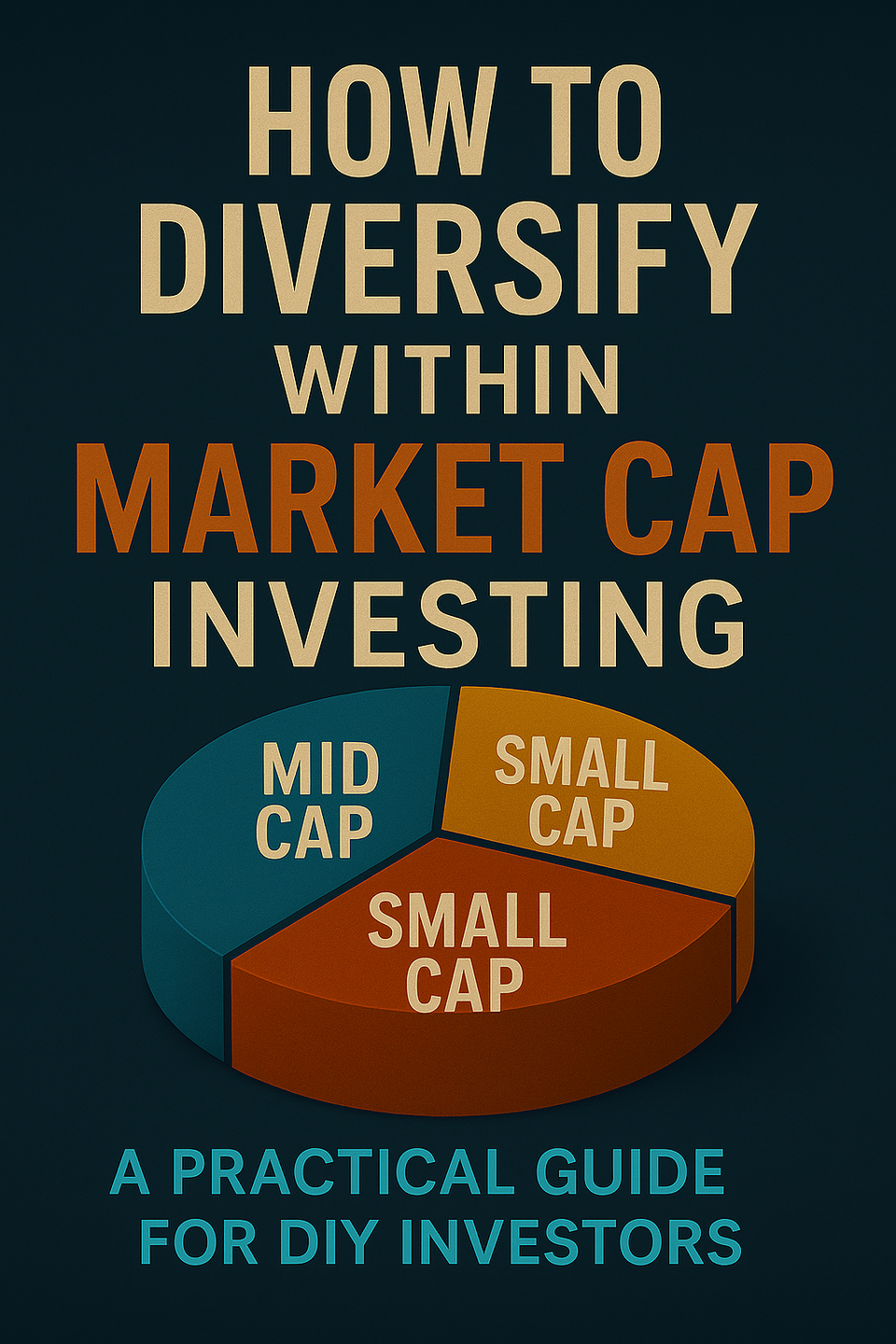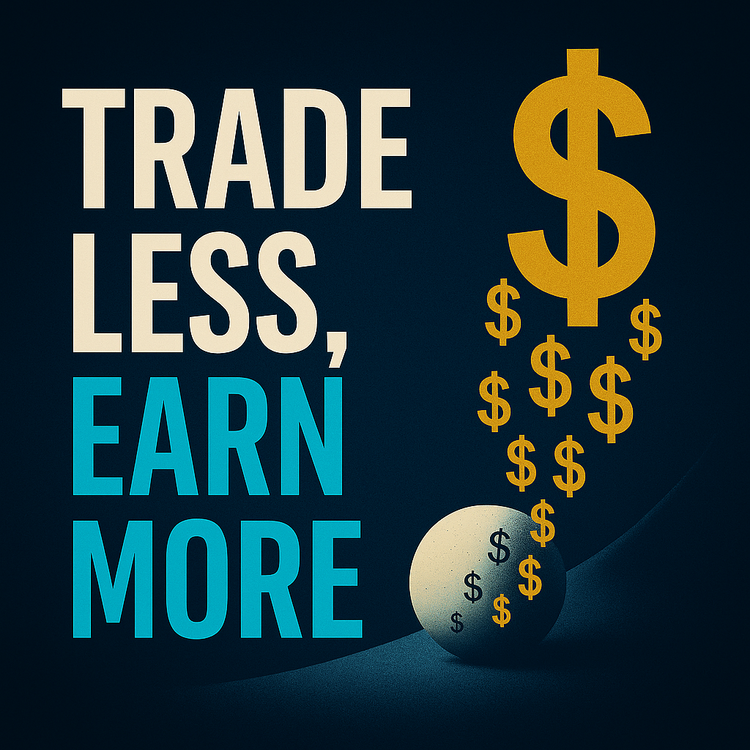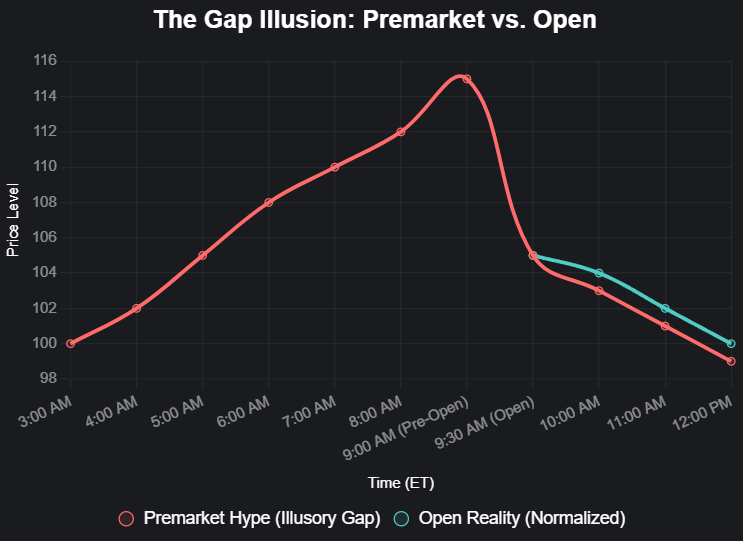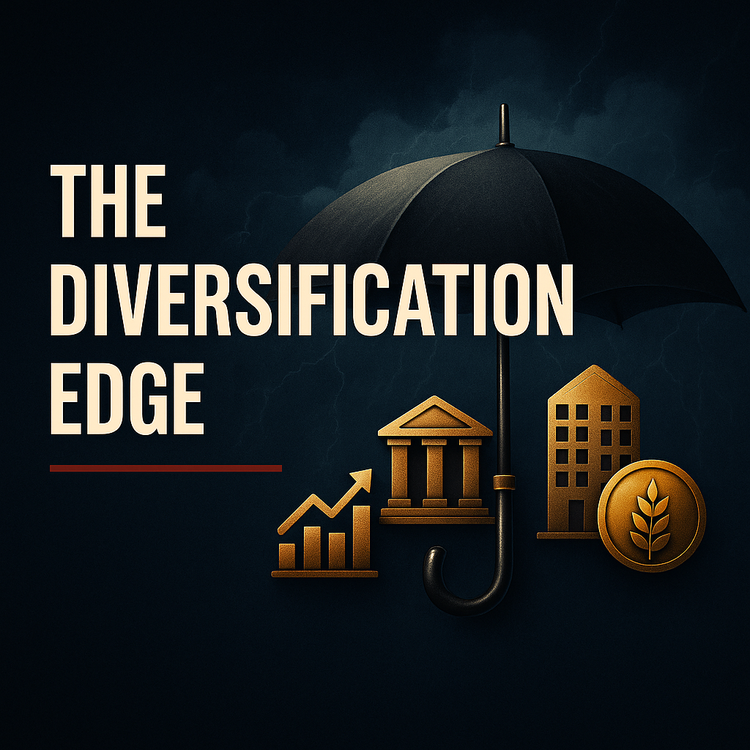How to Diversify Within Market Cap Investing: A Practical Guide for DIY Investors

Think your portfolio’s diversified because you own a few stocks? If they’re all large-cap tech, you’re kidding yourself. Market cap investing—picking stocks by company size—sounds simple, but screw it up, and you’re stuck in one corner of the market. Here’s how investors are usually advised to spread their bets.
Why Market Cap Diversification Matters
Market caps break down like this: large-cap is $10 billion and up, mid-cap is $2 billion to $10 billion, small-cap is $300 million to $2 billion (Source: FINRA). Easy enough. But the trap is this: the S&P 500’s top 10 companies eat up 39% of its weight (Source: Slickcharts). Lean on that index, and you’re betting big on a handful of giants like Apple or Microsoft.
Large-caps are steady but can stall—think IBM in the ’90s. Mid-caps, like Tractor Supply, grow faster but wobble more. Small-caps, like Axos Financial, can soar or crash—40% of Russell 2000 firms lost money in 2023. Historically, small-caps edge out large-caps long-term, but they tank harder in downturns, like 2008’s 36% drop versus 28% for large-caps. That’s why experts often suggest mixing them to balance stability and upside.
How to Get It Right
The recommended approach isn’t winging it. It’s building a portfolio that doesn’t flinch when markets shift.
First, check your holdings. Use your broker’s tools or Yahoo Finance to see if tech’s hogging 60% or if a few stocks dominate. If so, you’re not diversified—you’re exposed.
Next, spread your money deliberately. Many strategies anchor with 50–70% large-caps like JPMorgan or Procter & Gamble for steady dividends (P&G yields 2.4% as of Q3 2025). Mid-caps such as Etsy might make up 20–30% for growth. Small-caps, maybe 10–20%, add higher risk and higher potential return—but the focus is usually on firms with actual profits.
Layering across sectors matters too. A balanced portfolio generally touches five to seven: tech, healthcare, financials, staples, industrials, energy, and materials. Keeping any one sector under 20% prevents overexposure.
Example: On a $50,000 portfolio, a textbook layout might be $15,000 in tech (large + mid-cap names like Microsoft, Apple, Etsy), $10,000 in healthcare (Johnson & Johnson, Pfizer), $7,500 in staples (Procter & Gamble, Coca-Cola), $7,500 in financials (JPMorgan), and $10,000 across mid- and small-caps in industrials and energy. That scatter reduces concentration risk.
Rebalancing is part of the discipline. Every 3–6 months, if small-caps run hot and swell to 25%, trimming them and topping up what lagged gets things back in line. It’s not glamorous, but it’s effective.
ETFs make this easier. Cap-weighted funds like VOO lean heavily on giants. Equal-weight ETFs such as Invesco’s RSP spread risk more evenly. Adding mid-cap (MDY) or small-cap (IJR) funds builds balance. If ETFs are new territory, see my [ETF basics] guide.
Valuation always counts. Big companies can still be overpriced—P/E ratios, debt, and margins should be checked. Blending growth and value helps avoid paying for hype that can implode in corrections.
Risks
Mid- and small-caps get hit harder in recessions. Diversification cushions the fall, but it won’t eliminate it.
The Takeaway
Audit your portfolio for cap and sector skews. Layer across sizes and industries. Rebalance regularly. Use equal-weight ETFs or specific mid- and small-cap funds to avoid betting it all on a handful of giants. And remember—size doesn’t equal safety.
Example move: If someone is 70% large-cap tech, one adjustment could be shifting 15% into mid-cap industrials or small-cap healthcare, then rebalancing toward targets.
Diversification isn’t exciting. It’s survival. Get it wrong, and the market will teach the lesson for you.
Subscribe for more articles.
Disclaimer: Not financial advice. Educational only. Do your own research or talk to an advisor.






Member discussion